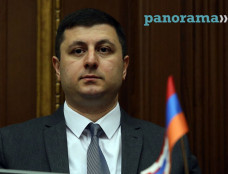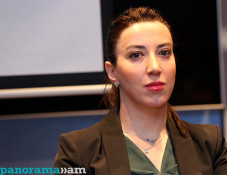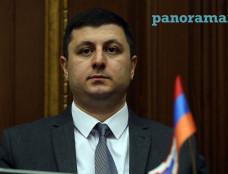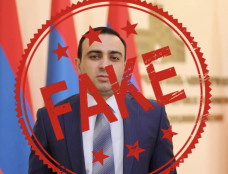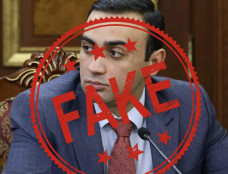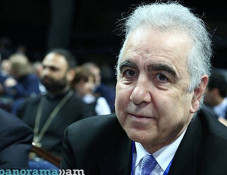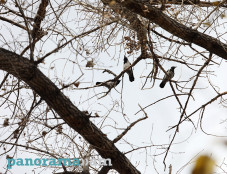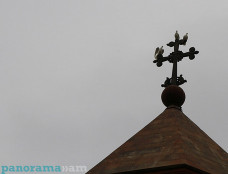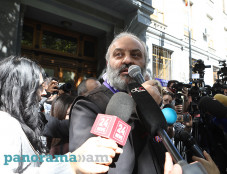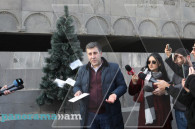
Leonardo da Vinci was son of a slave, new research reveals
Leonardo da Vinci, the painter of the "Mona Lisa" and a symbol of the Renaissance, was only half-Italian, his mother a slave from the Caucasus, new research revealed on Tuesday.
Da Vinci's mother had long been thought a Tuscan peasant, but University of Naples professor Carlo Vecce, a specialist in the Old Master, believes the truth is more complicated, AFP reported.
"Leonardo's mother was a Circassian slave... taken from her home in the Caucasus Mountains, sold and resold several times in Constantinople, then Venice, before arriving in Florence," he told AFP at the launch of a new book.
In the Italian city, she met a young notary, Piero (Peter) da Vinci, "and their son was called Leonardo".
The findings of Vecce, who has spent decades studying da Vinci and curating his works, are based on Florence city archives.
They have formed the basis of a new novel -- "The Smile of Caterina, the mother of Leonardo" -- while also shedding new light on the artist himself.
Any new discovery about da Vinci is hotly contested by the small world of experts who study him, but Vecce insists the evidence is there.
Among the documents he found is one written by da Vinci's father himself, a legal document of emancipation for Caterina, "to recover her freedom and recover her human dignity".
This document is dated 1452, and was presented Tuesday at a press conference at the headquarters of publishing house Giunti in Florence.
It was written by "the man who loved Caterina when she was still a slave, who gave her this child named Leonardo and (was) also the person who helped to free her", Vecce said.
His assertion offers a radical change of perspective on da Vinci, who was believed to have been the product of an affair between Peter da Vinci and a different woman, young Tuscan peasant Caterina di Meo Lippi.
Newsfeed
Videos






